Blog Posts Tagged Chemical Reaction Engineering Module
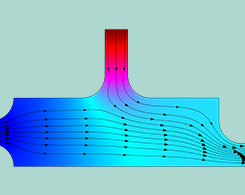
Optimizing PID Controller Performance with COMSOL Multiphysics®
PID controllers involve three components that must work together simultaneously, and it can be challenging to get each of them just right. That’s where process control simulation comes in.
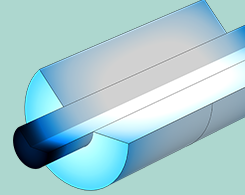
Understanding the Drug Reaction Kinetics of Nerve Guides via Modeling
Ever had a pinched nerve? Nerve guides repair this type of damaged nerve cell tissue. To design safe and reliable nerve guides, we can use simulation to understand their drug reaction kinetics.

Digital Twins and Model-Based Battery Design
By combining high-fidelity multiphysics models with lightweight models and measured data, engineers can create digital twins to understand, predict, optimize, and control real-world systems.

How to Model Ion-Exchange Membranes and Donnan Potentials
Get an introduction to the theory behind the Nernst-Planck-Poisson equations, Donnan potentials, and how to model ion-exchange membranes in batteries and fuel cells.
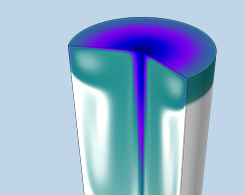
How to Model Sparging in COMSOL Multiphysics®
Sparging, the process of bubbling a gas into a liquid, is seen most notably in carbonation, such as for soda and seltzer water. This mass transfer process can be modeled in COMSOL Multiphysics®.
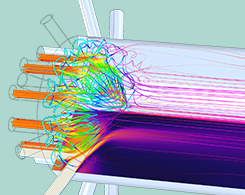
Modeling a Tubular Reactor for Optimized Polymer Manufacturing
Chemical engineers can model tubular reactors to optimize them for specific manufacturing and production processes, such as for the polymerization of polyester, as this example shows.
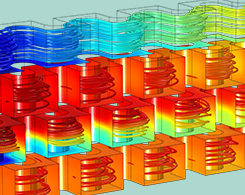
Analyzing Fine Chemical Production in Plate Reactors
Batch reactors, continuous reactors, plate reactors, oh my. Here, we discuss analyzing the fine chemical production process in a plate reactor using chemical modeling.

Keynote Video: Moving Beyond Simulation for Biopharma Applications
At Amgen, researchers build simulation applications for biopharmaceutical uses, such as researching biological and synthetic drugs. Learn more in this blog post featuring their keynote talk.
